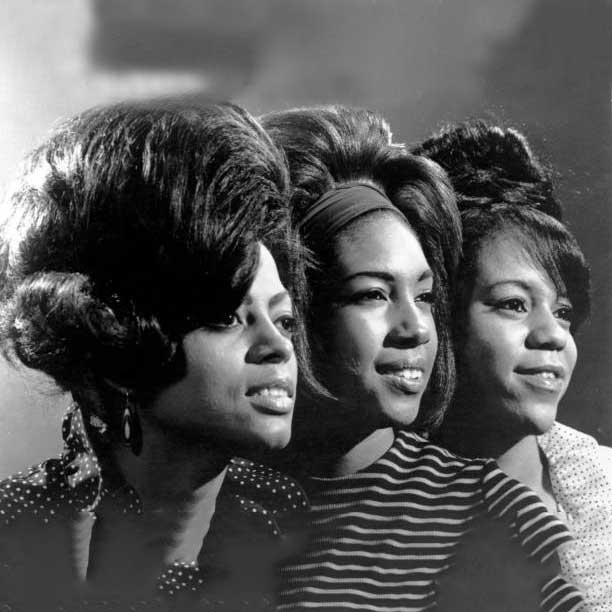“You Can’t Hurry Love” boasts all the essential ingredients of the Supremes’ greatest Motown hits — all of them except for Florence Ballard, that is. Ballard, the talented but troubled Supremes vocalist pushed out of the spotlight by Motown brass in favor of Diana Ross, was absent for the session that produced “You Can’t Hurry Love” and surreptitiously replaced by Marlene Barrow, a member of the Andantes, the label’s longtime in-house vocal group — a substitution that did absolutely nothing to dull the 1966 single’s impact or slow its ascent to the top of the pop charts.
You may not have heard of the Andantes before, but you’ve heard their enchanting, gospel-inspired harmonies all your life: their voices are as tightly woven into the fabric of the Motown Sound as the Funk Brothers, the company’s stable of virtuoso session musicians. Barrow, the Andantes’ second alto, formed the group with first alto Jackie Hicks and soprano Emily Phillips: all three grew up singing in the choir of Detroit’s Hartford Avenue Baptist Church under the tutelage of pianist and vocal coach Mildred Dobey, who later gave the Andantes their name, telling them it meant “soft and sweet.”
When pianist and songwriter Richard “Popcorn” Wylie auditioned for Berry Gordy Jr.’s fledgling Motown Records in 1959, he brought the Andantes to back him; Gordy passed on Wylie, but invited the Andantes back to audition on their own. Family commitments led Phillips to resign from the group soon after, and Motown suggested Barrow and Hicks replace her with soprano Louvain Demps, who was already under contract with the label as a member of the Rayber Voices, a backing group whose members also included Gordy’s second wife, Raynoma, as well as Brian Holland, later one-third of the “You Can’t Hurry Love” writing and production team. The Rayber Voices most notably contributed backing vocals to Barrett Strong’s 1959 single “Money (That’s What I Want),” the Motown enterprise’s very first hit.
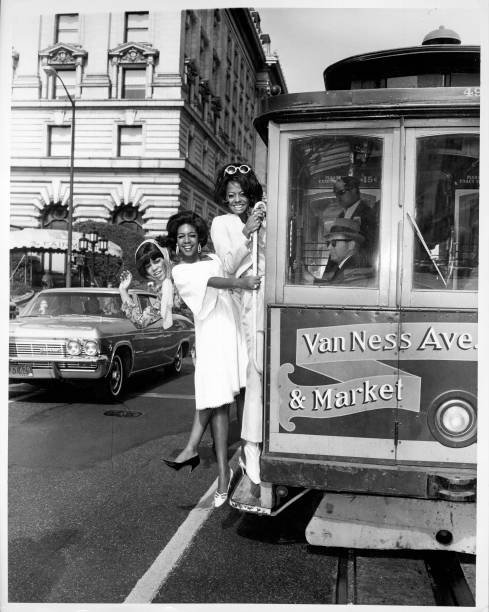
The Andantes appear on more than 20,000 Motown recordings, which according to the Supremes’ Mary Wilson translates to an estimated 95 percent of the company’s output prior to its 1972 relocation to Los Angeles. At least seven singles featuring the group’s secret-weapon backing vocals topped the Billboard Hot 100, beginning with Mary Wells’ 1964 charmer “My Guy,” written and produced by Smokey Robinson. “The Andantes were three of the greatest singers ever in life,” Robinson told AARP The Magazine in 2018. “Any one of them could have been a lead singer or solo artist.”
The Andantes were most prominently used on all of the Four Tops hits written and produced by Holland, his brother Eddie and Lamont Dozier, including a pair of number ones, “I Can’t Help Myself (Sugar Pie Honey Bunch)” and “Reach Out I’ll Be There.” Dozier told AARP he used the Andantes pitch-perfect voices to “fill in the lead singer’s parts and give the harmony more substance. If I had some very intricate background parts and the harmonies didn’t have the sound that I wanted, I would tell the famous singers, ‘It’s okay — we’ll fix it in the mix.’ They would take a break, and I’d have the Andantes come in the back door. We liked to call them the cleanup girls. They could always come in and fix whatever we couldn’t fix with the big acts.”
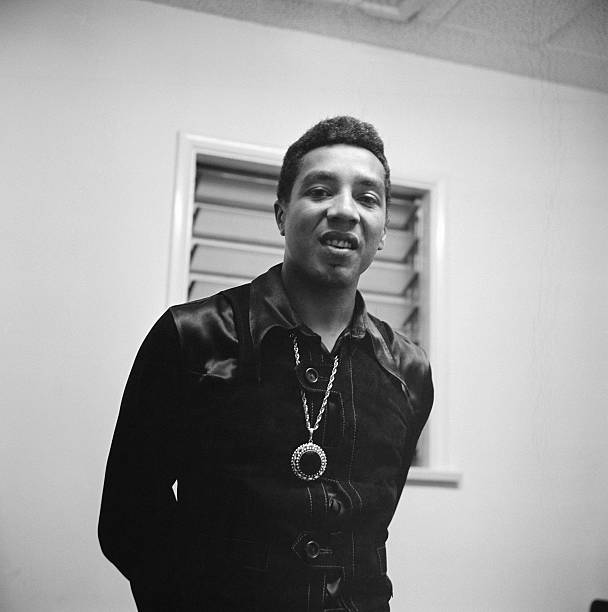
But Motown never formally credited the Andantes for their contributions until the group’s name appeared on the back cover of the Supremes’ Robinson-produced Floy Joy, which was released in 1972. Motown from the Background, an authorized biography of the Andantes credited to Vickie Wright in collaboration with Barrow, Hicks and Demps, states the trio’s requests to record as a headlining act were mostly ignored, and when Motown finally relented and released an Andantes single, 1964’s Holland-Dozier-Holland-authored “(Like a) Nightmare,” only a handful of test pressings ever made it into the wild; this record is now a rare collector’s item, particularly coveted among DJs and collectors within Britain’s Northern soul community. Adding insult to injury, the Andantes were made to sing backing vocals on their very own record: Ann Bogan, who filled in on a handful of earlier Andantes sessions, was recruited to sing lead on “(Like a) Nightmare” and its flipside, “If You Were Mine.” (Bogan later resurfaced in another Motown girl group, the Marvelettes.)
“[Motown] had made a promise to record us on our own,” Barrow says in Motown from the Background, “but there was no real effort to put us out there or promote us.”
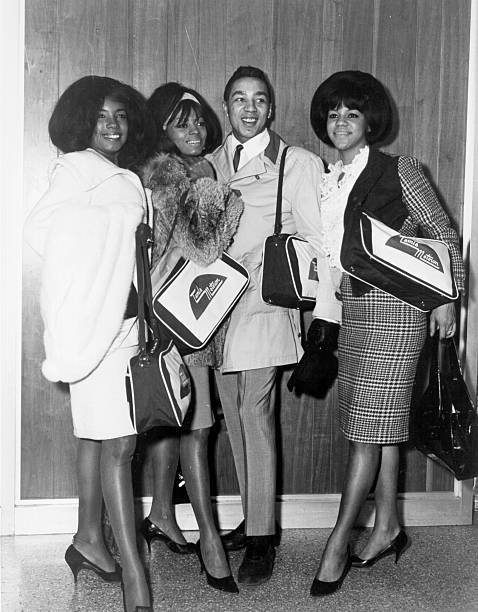
The Andantes also backed Motown’s biggest stars in concert, but only Kim Weston demanded they appear alongside her onstage; otherwise, the trio was kept backstage. “When I took the Motown Revues out, they would sound the best and sound just like the records,” Mickey Stevenson — songwriter, producer and Motown’s first A&R man, as well as Weston’s husband — told Soul Source in 2014. “I would take the Andantes and put them off stage with microphones, behind the curtains. I intentionally did that so we sounded great.” Motown also discouraged the Andantes from recording for other labels, even though the singers were under no contractual obligation to consent. And while the Andantes recalled the vast majority of their Motown colleagues treating them with dignity and respect, Motown from the Background notes that a few of the other girl groups strongly resented the trio’s presence on their records, especially when they realized the Andantes’ vocals were more prominent in the final mix than their own.
The Andantes first teamed with the Supremes on “Stop! In the Name of Love,” a Billboard pop number one in the spring of 1965 — the group’s fourth chart-topping single. By this time, Florence Ballard was growing increasingly disillusioned with success: although most onlookers considered her the strongest singer within the Supremes, Motown made the glamorous Diana Ross their lead vocalist, which destroyed the group dynamic. As Ballard’s battle with depression deepened, she turned to alcohol, and began missing Supremes recording sessions and live performances. Berry Gordy turned to Marlene Barrow to fill the gap: she made her first appearance alongside Ross and Mary Wilson on June 18, 1965 at a debutante ball at a country club in the Detroit suburbs, and continued substituting for Ballard on a series of one-nighters as well as an engagement at Boston’s Blinstrub’s Village, one of the largest nightclubs on the East Coast.
The specific circumstances behind Ballard’s absence from the “You Can’t Hurry Love” session are unclear. The song, originally titled “This Is Where I Came In,” was written for the Supremes by the Holland-Dozier-Holland triumvirate, producers of 10 of the group’s 12 number one pop hits. “You Can’t Hurry Love” — a showcase for Funk Brother James Jamerson’s unforgettably effervescent bass rhythm, a performance as vital to the single’s subsequent success as Ross’ soulful lead vocal — borrows liberally from “(You Can’t Hurry God) He’s Right on Time,” written and recorded in 1959 by Dorothy Love Coates of the Original Gospel Harmonettes, whose sanctified singing style inspired generations of crossover artists from Little Richard to Mavis Staples: Coates’ chorus, “You can’t hurry God/You just have to wait/Trust and give him time/No matter how long it takes,” is almost identical to the lyric of the Supremes hit.
“It was a gospel thing that Brian came up with. He wrote the melody, and Eddie got the title. It’s a term our grandparents used. In other words, ‘Don’t rush things, you’re so young,’” Dozier told Performing Songwriter in 2002.”It’s really a double meaning, though. We used love, but we were really saying to take your time, feel your direction, find out where you’re going, study the terrain more before you dash off into an unknown place. You can’t hurry anything.”
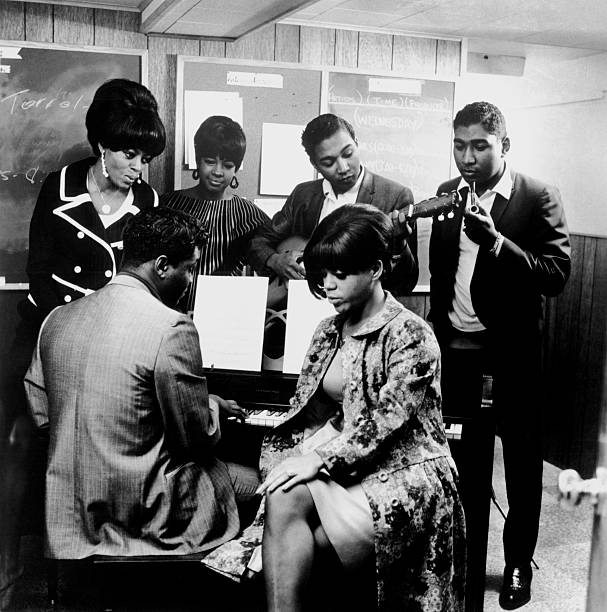
Holland, Dozier and Holland cut the “You Can’t Hurry Love” instrumental track at Motown’s Hitsville USA studio on June 11, 1966 during sessions for the Supremes’ ninth studio album, The Supremes A’ Go-Go, which features the Andantes’ backing vocals on multiple songs, all recorded while Ross, Wilson and Ballard were headlining a weeklong engagement at Toronto’s O’Keefe Center. Per All That Glittered: My Life with the Supremes, road manager Tony Turner’s 1990 memoir, Ballard briefly took leave from the group during the first week of July 1966: according to the liner notes included in the 2008 archival collection Supreme Rarities: Motown Lost & Found 1960-1969, final overdubs on “You Can’t Hurry Love” were recorded at Hitsville on July 5, while the liners for the expanded reissue of Supremes A’ Go-Go state that all vocals for the song were recorded on this date, seemingly irrefutable proof that Barrow, not Ballard, is the third voice on the track, even if Ballard is depicted on the single’s sleeve. You can isolate the “You Can’t Hurry Love” vocals here in KORD to resolve the matter for yourself.
Motown released “You Can’t Hurry Love” on July 25, and on Sept. 4, the single became the Supremes’ seventh number-one effort. The group also performed the song live on CBS television’s Ed Sullivan Show on Sunday, Sept. 25; Ballard was back in the fold for the broadcast, but as her behavior grew more erratic, Gordy began making plans to remove her from the Supremes lineup and install Cindy Birdsong of Patti LaBelle and the Blue Belles in her stead. When Ballard showed up inebriated ahead of the Supremes’ July 1, 1967 performance at Las Vegas’ Flamingo Hotel, Gordy ordered her to return to Detroit, and made Birdsong her full-time replacement. However, except for a handful of studio tracks, live performances and collaborations with labelmates the Temptations, Birdsong and Mary Wilson were missing in action from most of the Supremes’ post-Ballard sessions, with the Andantes stepping in to provide backing for Ross. Moreover, when Ross finally left the Supremes to launch a solo career, she took the Andantes with her to record her first solo number one, 1970’s “Ain’t No Mountain High Enough.”
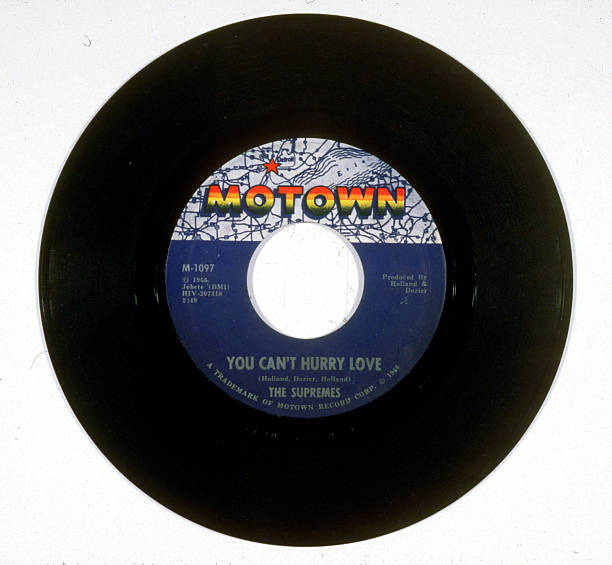
The Andantes’ time with Motown reached an abrupt halt when the company cut out for Southern California in the summer of 1972. Demps came close to signing to ABC-Dunhill as a solo act, but when the deal fell through, she moved to Atlanta to work with children with intellectual disabilities, spelling the Andantes’ end. Both Barrow and Hicks pursued lives outside of music, but as the years went by and Motown scholarship advanced, the scope of the Andantes’ impact on many of the label’s biggest hits became clearer, and in 1990 Barrow, Hicks and Demps joined with Detroit soul singer Pat Lewis to record new Andantes music for Northern soul producer and DJ Ian Levine’s Motorcity Records. Demps also cut a 1992 solo LP for the label, Better Times. The Andantes were inducted into the Rhythm and Blues Music Hall of Fame in August 2014; Barrow died the following February at the age of 73.
“You Can’t Hurry Love” enjoyed a renaissance of sorts, too. Sixteen years after the Supremes’ version dominated radio, Phil Collins covered the song for 1982’s Hello, I Must Be Going!, his second solo album apart from longtime band Genesis. Collins’ version topped the UK Singles Chart for two weeks in January 1983, climbed to number 10 across the Atlantic and reportedly inspired Andy Rourke’s bass performance on the Smiths’ second single, 1983’s epochal “This Charming Man.” “The idea of doing ‘Can’t Hurry Love’ was to see if [producer] Hugh Padgham and I could duplicate that Sixties sound,” Collins explained in 1986. “It’s very difficult today because most recording facilities are so much more sophisticated than they were back then. It’s therefore hard to make the drums sound as rough as they did on the original. That’s what we were going after — a remake. Not an interpretation, but a remake.”
The Andantes’ harmonies were impossible to reproduce, of course. “They were on every song — all the ones that were hits,” Mickey Stevenson told AARP, adding that if the Andantes were unavailable for a session, he would halt recording until the trio could accommodate his request. “If one of them wasn’t feeling well, we would hold that tune until she felt better. I couldn’t have done it without them.”
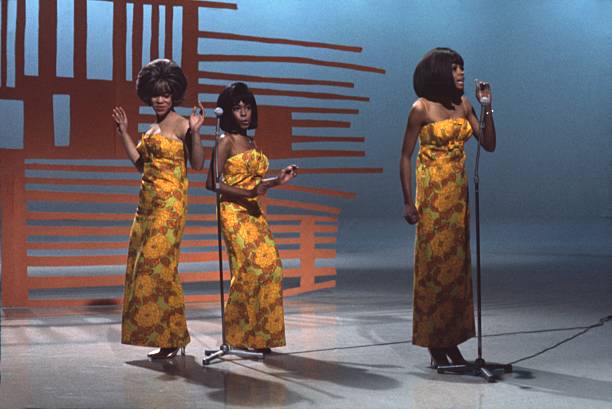
You Can’t Hurry Love (KORD-0033)

